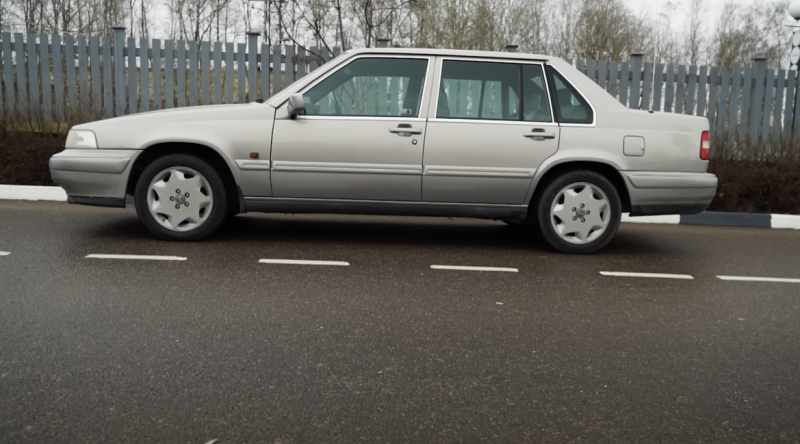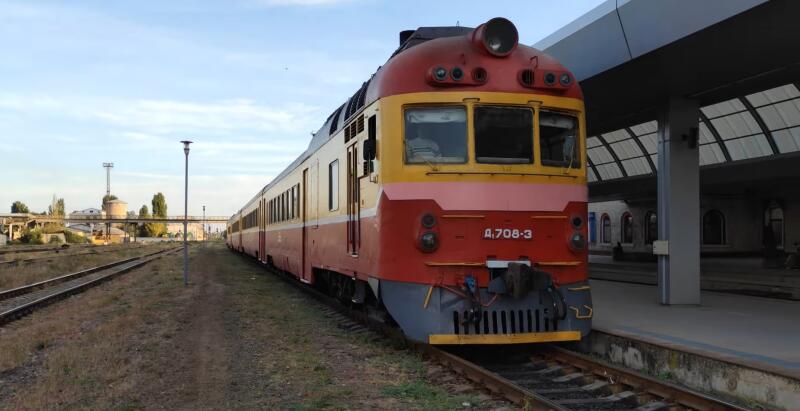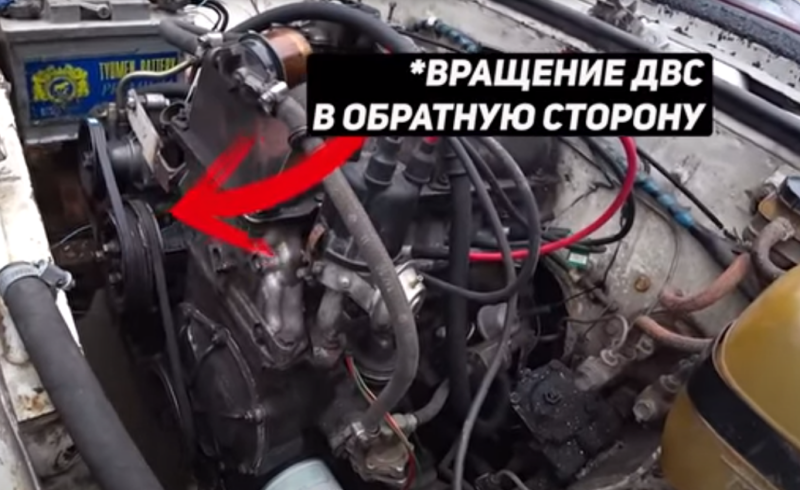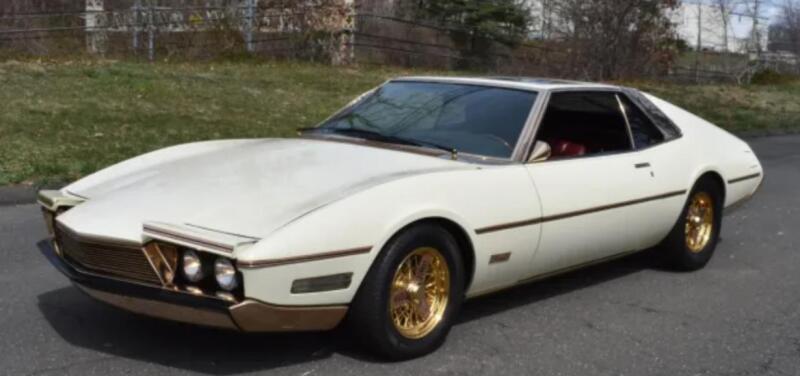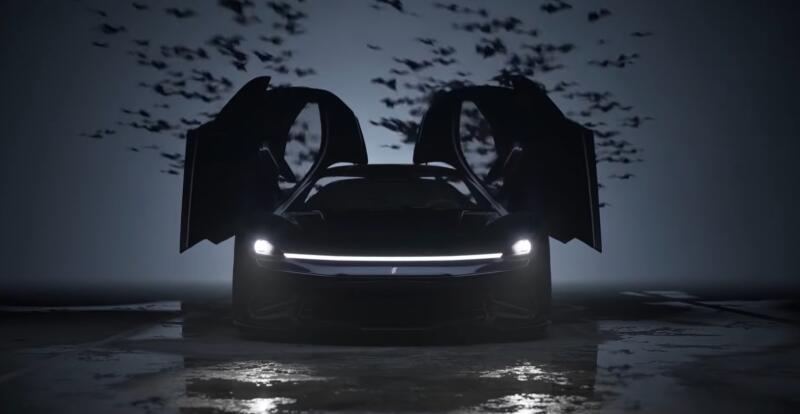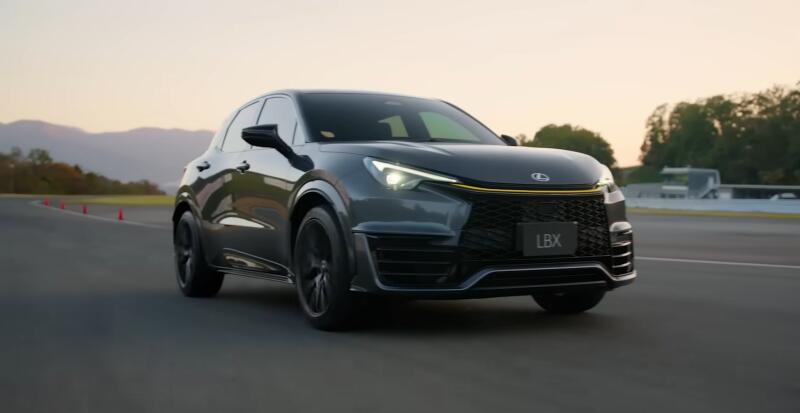Taking into account all of the above, both in Soviet times and later (already at the level of the former Soviet republics) they always tried to create a simple and unpretentious electric train. At the same time, it also retained the following components in its design: reliability, modern equipment, and efficiency.
 Electric train ED9M at the landing platform. Photo: youtube.com
Electric train ED9M at the landing platform. Photo: youtube.comIn the conditions of a common space, this task was transferred to the Riga Carriage Works (RVR) and only partly to Russian specialized enterprises. But since 1992, the principle came into play: every man for himself. Therefore, many newly formed states tried to establish the production of in-demand railway equipment at their own facilities.
How did we get out of the situation in Russia?
As for the Russian Federation, the emphasis was placed on the Demikhovsky Machine-Building Plant and Metrovagonmash from Mytishchi. Back in Soviet times, both were used to assemble not only trailer cars for Baltic equipment, but also some models of domestic electric trains.
Demikhovo was a little more fortunate, which allowed the enterprise to become a federal leader in the production of railway transport and equipment. The fact is that already in the 80s, the Union program began to gradually repurpose the plant from an assembler of narrow-gauge types into a manufacturer of classic trailer and other cars for different models of electric trains.
 In the driver's cabin of the ED9 electric train. Photo: youtube.com
In the driver's cabin of the ED9 electric train. Photo: youtube.comHaving received such a good start, DMZ approached the first half of the 90s with good technical equipment. Therefore, since the beginning of modern Russian history, the plant has been able to produce more than seventeen models of commuter electric trains. Among them there were those that used direct current with a voltage of 3000 V, and electric trains with alternating current of 25 kV, at a frequency of 50 Hz.
Russia's needs for suburban rolling stock remained at a very high level. Therefore, the DMZ enterprise has prepared a whole series of ED9 type trains. The first of these, in 1995, was the ED9T, which was largely based on the ED2T design.
One of the main requirements for the new train was its increased composition, which implied the use of the maximum number of cars in each transport unit. After this, other wishes appeared, which the railway workers successfully coped with:
✅ capacity – up to 2200 passengers
✅ composition - up to 11 wagons
✅ modifications for lines with direct or alternating current
✅ energy efficiency
Using structural elements of ED2T and ER24, engineers were able to create their own train, the popularity of which has spanned almost three decades, reaching our times. In the initial version, only 27 trains were assembled, after which the first modifications followed, which included a number of elements:
✅ work on direct current
✅ another head part of the train
✅ scoreboard with running line (route name)
✅ fluorescent lighting
✅ improved driver's seat, etc.
In this version, another 240 modification units appeared with a changed index - ED9M. This train was intended for normal use, but as an express train with increased comfort, railway workers were offered a version called ED9MK. It did not become widespread; between 2000 and 2006, only 24 units of this type were assembled.
Technical structure of ED9M electric trains
The equipment has received a number of modern additions, including the materials used in its construction. No one else could claim that he was traveling in a “wooden” train - the ED9 cars were made of steel. Here are their parameters:
✅ length – 22 meters
✅ width - 3,5 m
✅ height - 4,25 m
In addition, technical improvements were reflected in the installation of a new driver’s console with display of information about the state of the electric train itself. The use of a rheostatic brake in its design also contributed to traffic safety and reliability. When the manufacturer began producing the ED9M modification, several important points were taken into account:
✅ the tightness of the interior has been increased due to new double-glazed windows
✅ fire-resistant materials were used
✅ more advanced security systems have been installed
In this form, the electric train was in good demand, but closer to our times, another important design requirement came to the forefront - increased energy saving. DMZ responded to modern needs by proposing the following modification of the electric train - ED9E.
 Panel with toggle switches in ED9. Photo: youtube.com
Panel with toggle switches in ED9. Photo: youtube.comIts prototype was presented in 2006, and four years later it was assigned to the Rostov depot. After another two years, small-scale production of already modified versions began. It continued until 2013; during this short period, 25 trains of this design were released on the country’s roads. They had the following advantages:
✅ 25% more economical than its predecessor
✅ modified vestibule
✅ modern designed toilets
✅ access to low platforms
True, they also had their weaknesses. For example, there was no possibility of working under the CME (system of many units). For commuter trains, this means using multiple motor and additional cars in a train to increase its overall capacity.
Special versions and completion of the story
The latest events related to this series began to occur in 2014. Then the company decided to modernize the appearance of the ED9E by installing a new cabin design. In total, DMZ produced five trains of this design. All of them were intended for operation on the territory of Kazakhstan.
 Inside the carriage of the ED9 electric train. Photo: youtube.com
Inside the carriage of the ED9 electric train. Photo: youtube.comAfter this, the manufacturer returned to the original ED9E design. By mid-summer 2016, the last train, No. 0062, was assembled. It went to the Privolzhskaya Road for operation. The successful design of the trains in the series made it possible to use them also for unusual modifications.
One of these is a special electric motor carriage EDS1R. This two-car device consisted of a motor and a trailer element. It was intended to transport railway workers and their equipment to their destination. At the same time, their personnel were in trailers, and their equipment was in motor cars.
The equipment received all the necessary internal filling. In the passenger compartment there is a kitchen with a cupboard and table, a microwave, and in the technical compartment there is a mini-crane capable of moving heavy elements inside the space and loading/unloading them. The design suited the court, so in 2014 another such special composition appeared.
 Bogies of the ED9 electric train. Photo: youtube.com
Bogies of the ED9 electric train. Photo: youtube.comLater, the company switched to assembling EP3D equipped with crash systems. In fact, this train can be considered a direct successor to the ED9 series electric trains. Its production began in 2016 and continues to this day. But the trains belonging to the standard ED9 type were collected in the amount of 329 units of various modifications.


